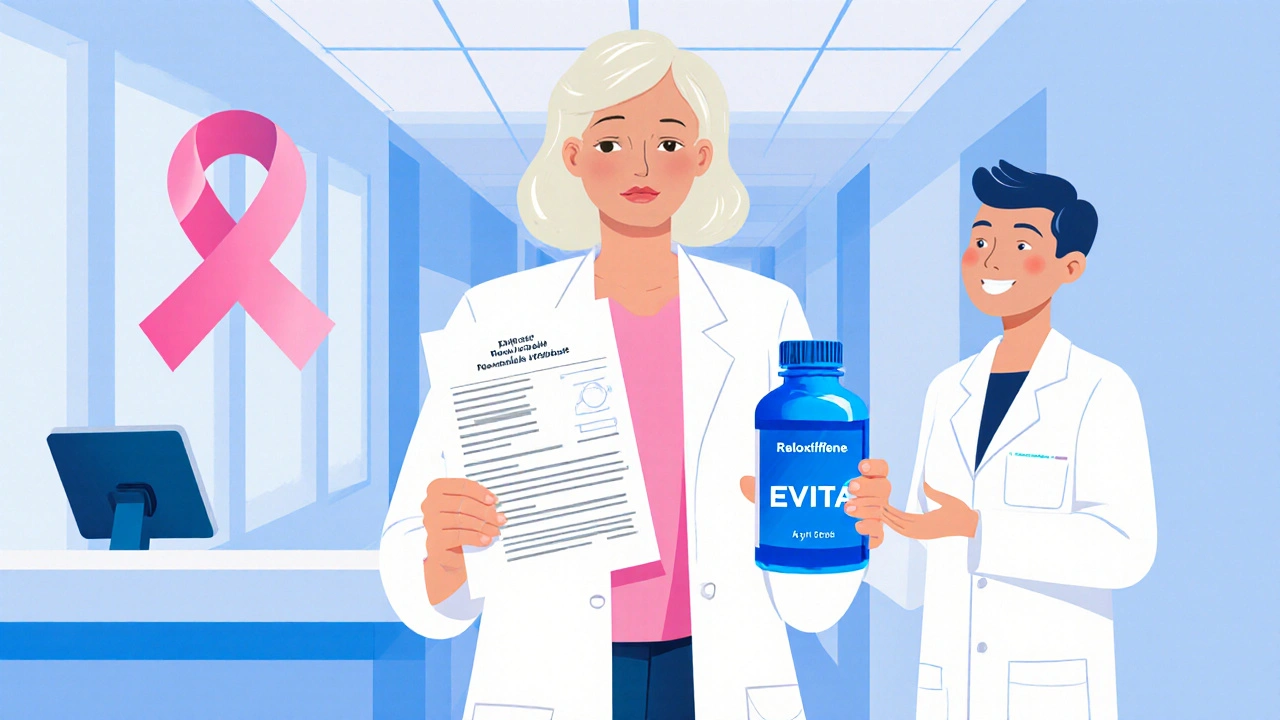Osteoporosis Medication: Options, Benefits, and How to Choose
When talking about osteoporosis medication, drugs designed to increase bone density, lower fracture risk, and treat low‑bone‑mass conditions. Also known as bone‑strengthening drugs, it plays a central role in managing a disease that affects millions worldwide.
One of the most common drug families you’ll see is bisphosphonates, medications that slow bone‑breakdown by inhibiting osteoclast activity. They’re often the first line because they have strong evidence for reducing hip and spine fractures. Another major class is Selective Estrogen Receptor Modulators (SERMs), agents that mimic estrogen’s protective effect on bone without many hormonal side effects. SERMs are useful especially for post‑menopausal women who can’t take bisphosphonates.
Even if you’re on prescription drugs, the basics still matter: calcium supplements, the mineral building block of bone and vitamin D, the vitamin that helps the gut absorb calcium efficiently. Together they create a foundation that lets any osteoporosis medication work better. Skipping them can blunt the drug’s impact and keep fracture risk higher.
How the different pieces fit together
Think of osteoporosis treatment as a puzzle. The prescription drug is the center piece, while calcium, vitamin D, lifestyle changes, and bone‑density testing form the surrounding pieces. A doctor will usually order a DEXA scan – a low‑dose X‑ray that measures bone mineral density – to decide which medication class matches your fracture risk. If the scan shows moderate loss, a bisphosphonate may be enough. If you have a history of atypical fractures or esophageal issues, a SERM or a newer agent like a monoclonal antibody might be safer.
Side‑effects also shape the choice. Bisphosphonates can irritate the stomach or cause rare jaw problems, so patients often take them with a full glass of water and stay upright for 30 minutes. SERMs may cause hot flashes, while calcium can lead to kidney stones if taken in excess. Understanding these trade‑offs helps you and your doctor tailor a plan that fits your health profile and daily routine.
Beyond pills, many clinicians recommend weight‑bearing exercise – walking, resistance training, or even yoga – because muscle forces stimulate bone formation. That’s why the term “osteoporosis medication” often appears alongside advice on diet, supplements, and activity. The synergy between a well‑chosen drug and a bone‑healthy lifestyle maximizes the chance of staying fracture‑free.
Now that you have a clearer picture of the main drug families, essential supplements, and supporting strategies, you’re ready to dive into the detailed articles below. Each post breaks down a specific medication, compares alternatives, or offers practical tips for daily use, giving you the tools to make an informed decision about your bone health.
Evista (Raloxifene) vs Other Bone‑Health and Breast‑Cancer Drugs: A Detailed Comparison
A thorough, easy‑to‑read guide comparing Evista (Raloxifene) with top alternatives for osteoporosis and breast‑cancer risk, complete with tables, pros‑cons, and FAQs.
Read more
